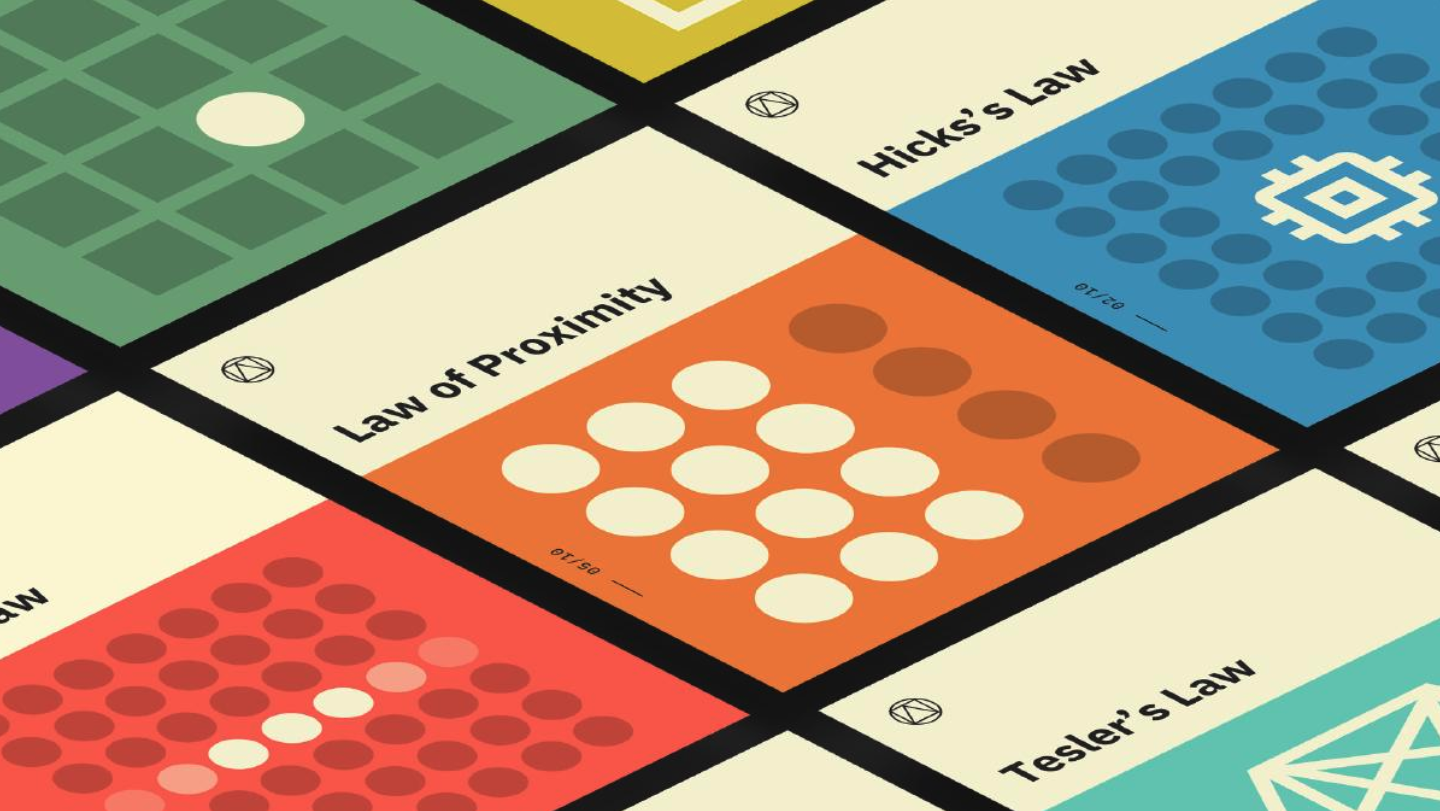
Laws of UX - Part 2
This is the part-II of Laws of UX, a collection of the maxims and principles for a fast and accessible user interfaces created by Jon Yablonski.
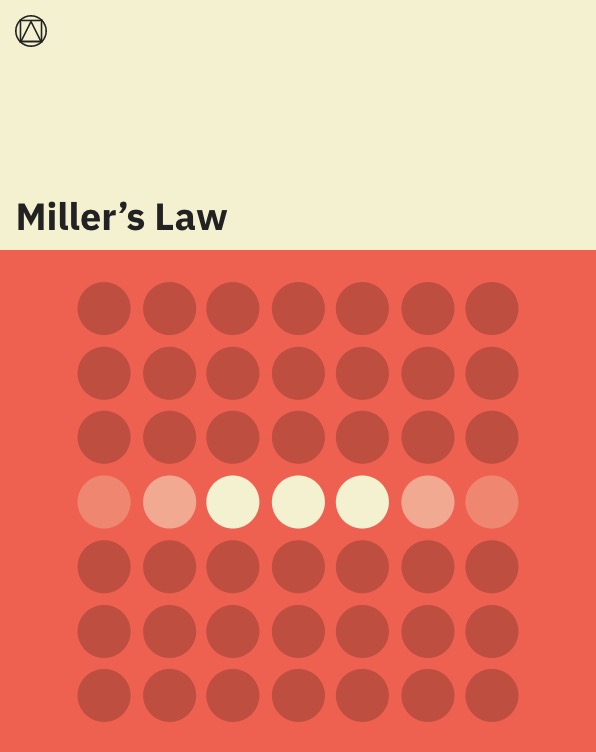
Miller's Law
The average person can only keep 7 (plus or minus 2) items in their working memory.
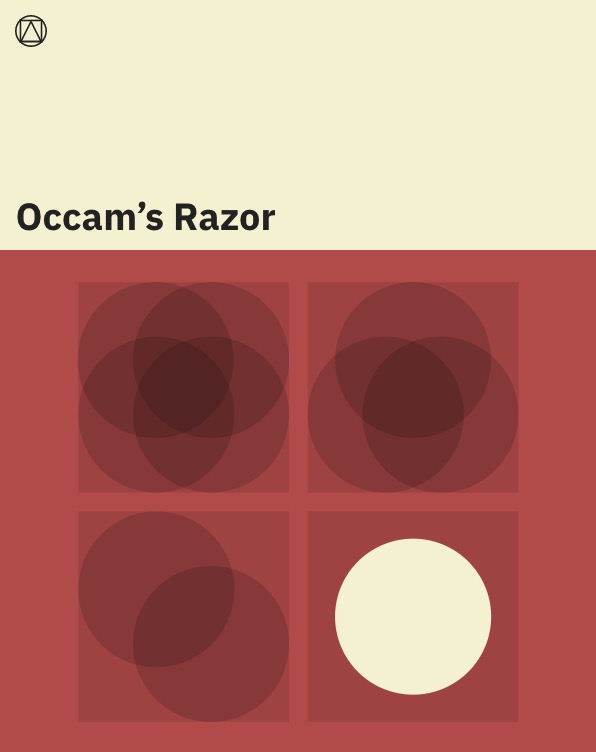
Occam's Razor
Among competing hypotheses that predict equally well, the one with the fewest assumptions should be selected.
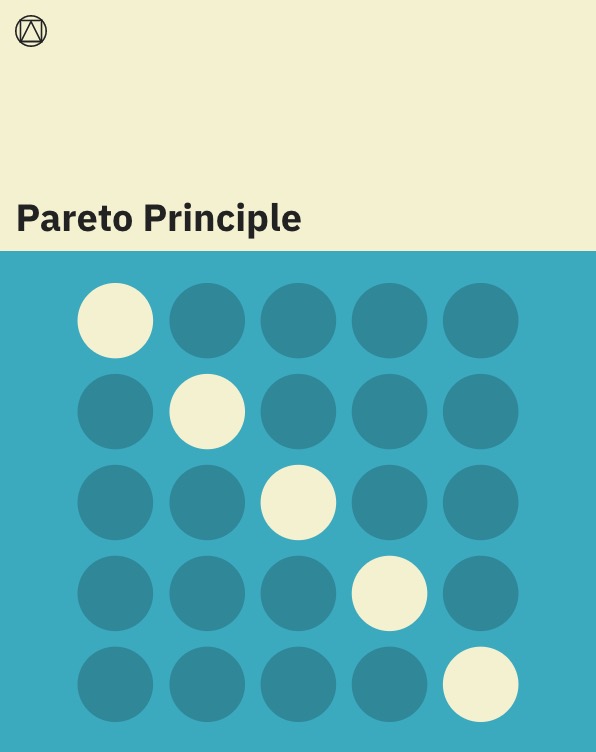
Pareto Principle
The Pareto principle states that, for many events, roughly 80% of the effects come from 20% of the causes.
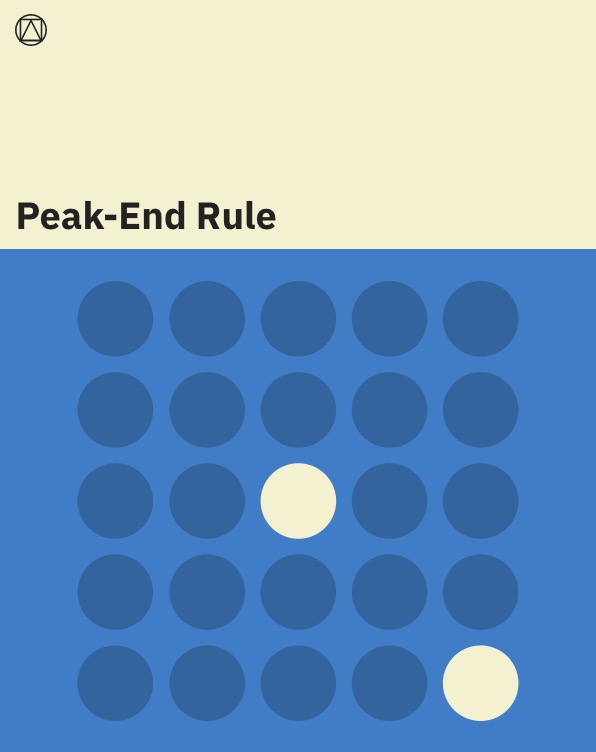
Peak-End Rule
People judge an experience largely based on how they felt at its peak and at its end, rather than the total sum or average of every moment of the experience.
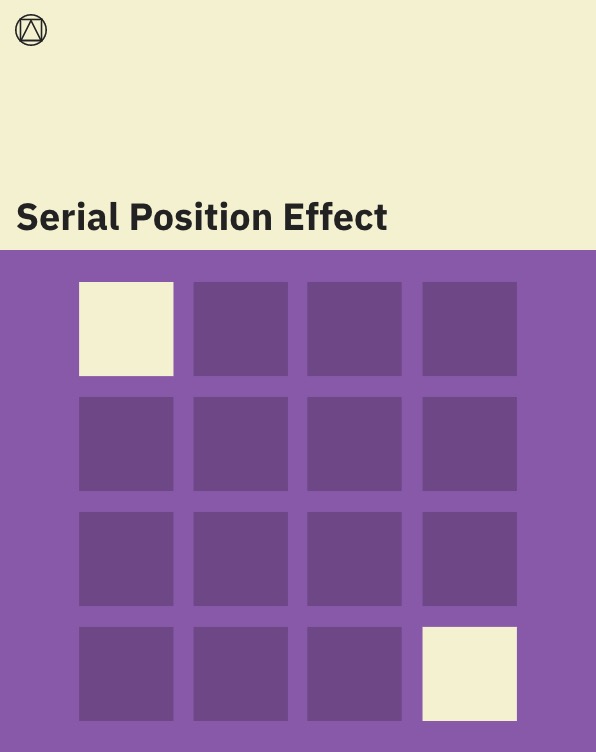
Serial Position Effect
Users have a propensity to best remember the first and last items in a series.
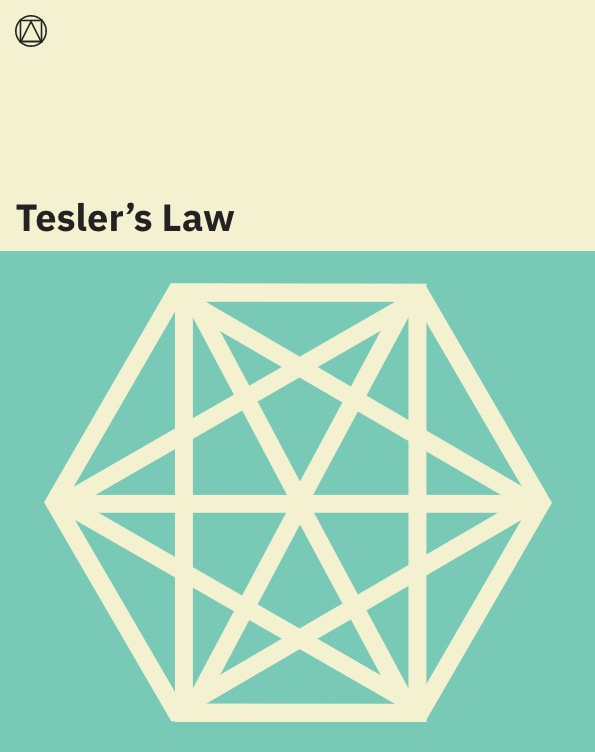
Von Restorff Effect
The Von Restorff effect, also known as The Isolation Effect, predicts that when multiple similar objects are present, the one that differs from the rest is most likely to be remembered.
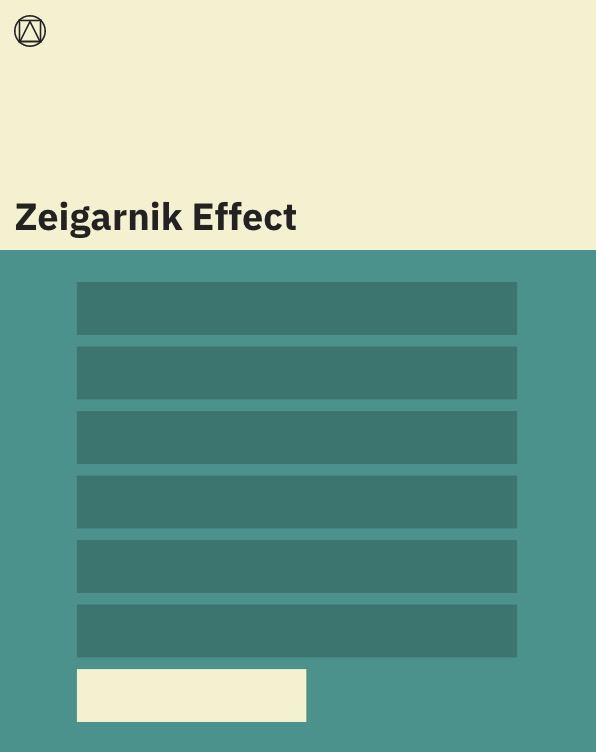
Zeigarnik Effect
People remember uncompleted or interrupted tasks better than completed tasks.
Law of UX was created by Jon Yablonski which seeks to make complex psychology heuristics accessible to more designers through an interactive resource that collects those that are relevant to user experience design and presents them in a visually engaging way. You can reach out to him via this contact form.
All the images are copyright of John Yablonski. You can find more info about this content here.


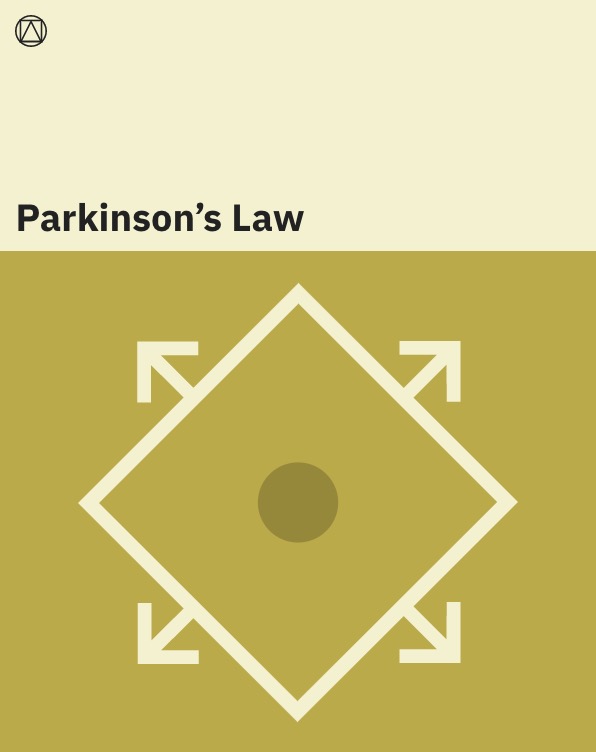
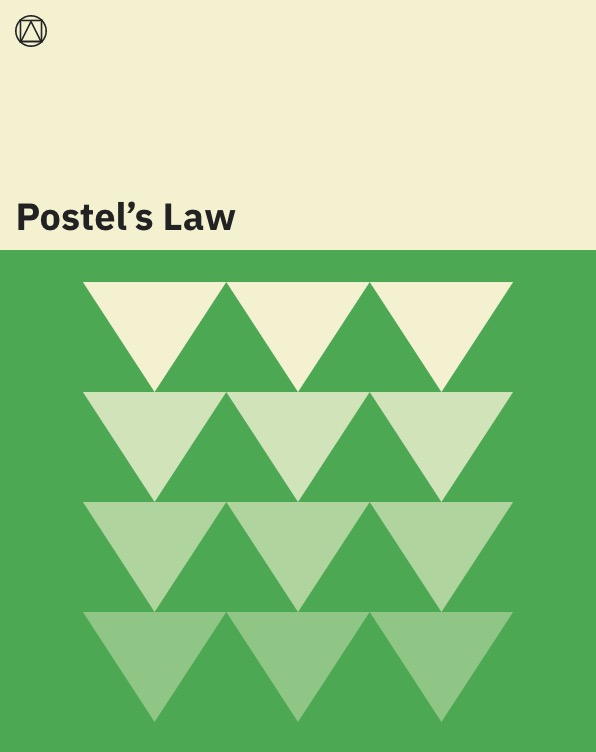






Comments